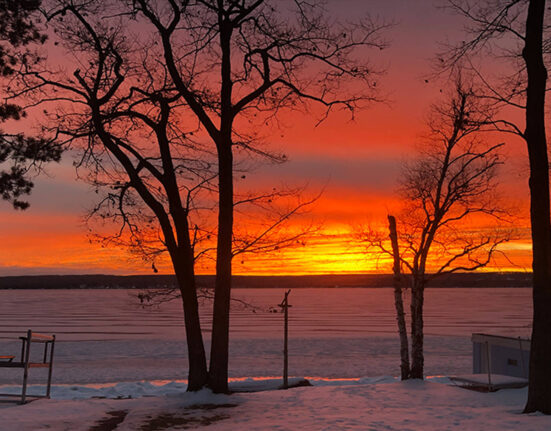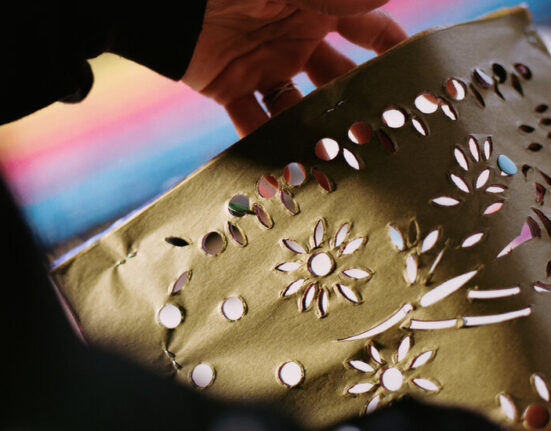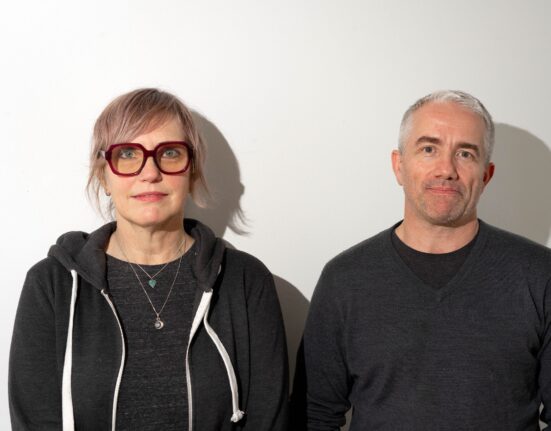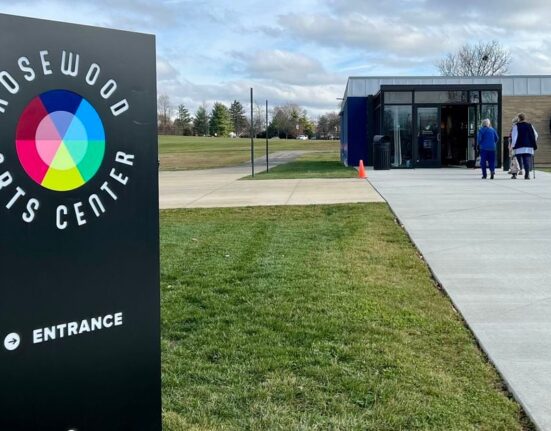The title of this show of British women artists from 1520-1920 at Tate Britain is highly apt. ‘Now You See Us’ contains just the right amount of ironic sang-froid that has taken the best part of half a millennium for women to become visible as professional artists, having been sidelined or judged inferior for most of that time.
At best, women were considered ‘gifted amateurs’ whose work was less substance and significant than their male peers. Art history has primarily been written by men who sought to underline sexual differences and emphasise that women belonged to the domestic rather than the professional realm. The Royal Academy – that pinnacle of the artistic establishment ‘studiously ignored the existence of women artists, leaving them to work in the cold shade ‘ according to Ellen Creathorne Clayton in her two-volume work, English Female Artists, published in 1876. Women were excluded from art institutions from life classes and had to teach themselves the best they could by copying. ‘Imitation’ is what they were supposed to aspire to. Even then, only certain genres were considered suitable for the ‘lady’ artist: miniatures, flower paintings, watercolours and pastels. History paintings, battles and portraits of men were deemed inappropriate. Joshua Reynolds, the onetime president of the RA, saw pastels as a dilettante, ‘just what ladies do when they paint for their own amusement. In 1770, the Academy banned ‘Needlework, artificial flowers, cut Paper, Shell-work, or any such baubles’ from its exhibitions, but these ‘lower’ arts were the very ones by which women could most easily make their living. The Society for the Encouragement of Arts, Manufactures and Commerce, founded in 1754, offered cash prizes and medals for these ‘polite arts’.
Of course, as this exhibition shows in its chronological arrangement, women artists were there all along. Serious, committed, fighting double the odds of their male counterparts to make their way. The names of a few broke through – Artemesia Gentileschi (known as much for the prurient details of her rape as her art) and Angelica Kauffman, but many others remain barely known. Often, the women who ‘made’ it were brought up in artistic households with brothers or fathers who were artists. Maria Verelst may have been the daughter of the Netherlandish artist Herman Verelst, while Mary Moser, daughter of George Micheal Moser a founding member of the Royal Academy was, along with Angelica Kauffman, one of only two women among the thirty-six original members of the RA. It would be another 150 years after its inception until a woman would again be elected. Like other eighteenth-century women artists, Maria Spilsbury also came from an artistic family and was taught by her engraver father, Johnathan Spilsbury. At the same time, Frances Reynolds was the sister of Joshua. The exhibition starts with one of four allegorical roundels representing the ‘Elements of Art’ that Kauffman was commissioned to paint for the RA’s Council Chamber; an unheard of honour. Here, ‘Invention’ is radically presented as a woman. Italian by birth, Artemesia Gentileschi arrived in London in 1638 – the daughter of a successful painter – already with a significant reputation, having been invited by Charles 1 and Queen Henrietta Maria.
In the seventeenth century, women writers, poets, and artists such as Mary Beale and Joan Carlile began to question their secondary status, arguing that it was lack of education and not ‘weak minds’ that limited their opportunities. Mary Beale mostly painted private portraits of family and friends, often at social occasions that included dinner. Her intimate informality is in profile in her charming 1660 Sketch of the Artist’s son, Bartholomew Beale.
The Victorian age was one of spectacle, big exhibitions and World Fairs. New venues such as the Grosvenor Gallery were posing competition to the conservative RA, membership of which remained out of reach for women. This meant that the committees were made up of men and women who were denied automatic exhibiting rights, But, bit by bit, they were achieving greater commercial recognition. The Romantic movement placed a premium on emotions like love, grief and pity. ‘Sentiment,’ played out in the Victorian poetry of Keats and Tennyson, became the mainstay of the visual arts. Mawkish pathos was considered a suitable arena for women. Sarah Setchell (1813-1840), who had hoped for a career as a classical history painter, was persuaded by her father to follow the road of ‘sentiment’, making her name with The Momentous Question, exhibited in 1842. The subject, taken from the poet George Crabbe’s popular Tales of the Hall 1819, depicts the melodrama of a poacher asking his sweetheart to save his life by marrying his brother.
Rebecca Solomon, the sister of two artist brothers, was the first Jewish woman to forge a career as a professional artist. It is up for dispute whether her scene of two middle-class white children reading with their India ayah and the young maid delivering a glass of sherry on a silver tray to her master mirror or critique middle-class Victorian life. Nonetheless, her domestic settings found favour with the English Women’s Journal, which approved of the ‘genre scenes of home interest, and domestic care, delineations of refined feelings and subtle touches of tender emotions.’
Modern industrial life began to make its inroads into paintings. The expansion of the railways in the later part of the nineteenth century allowed artists to work further from home in bohemian communities such as St. Ives, Cornwall. In Marianne Stokes impressive painting The Passing Train 1890, she captures the power of a steam locomotive, combining rural naturalism with the changes brought by modern technology.
The exhibition contains a section of photography that marked a significant shift in the art world from 1839. Although women could be members of the New Photographic Society of London, few attended meetings, as they were mainly in the evenings and required a chaperone. However, some beautiful Pre-Raphaelite-inspired photographs by Julia Margaret Cameron and Emma Barton exist. While Olive Edis’ photographic autochrome images and Kate Smith’s A Beautiful Weed 1910 seem to create wormholes of luminous light into the past.
From 1768 to the end of the 19th century, the RA schools were the principal and most prestigious place to study and the gate to ‘academic’ success, but they did not admit women. This left them to find alternative routes, such as The Government Schools of Design in South Kensington and other private academies such as Heatherley’s. From its inception in 1871, the Slade offered progressive training based on the French academy system, with women admitted on equal terms to men.
Easier travel allowed for the increasing freedom of expression by artists such as Laura Knight. In her plein air paintings such as The Bathing Pool, painted after her move to Cornwall in 1907 with her husband Harold, she depicts naked and scantily clad women freely and unselfconsciously enjoying the sunlight, rocks and water.
However, the First World War truly broke down the barriers for women in so many different realms. Women became printers and nurses, as shown by the paintings of Sylvia Gosse, while Anna Airy, the UK’s first official War Artist, painted some of the most powerful depictions of munition factories in her five seven-by-six-foot canvases. Women began to demand influence in all walks of life and the campaign for women’s suffrage became more militant. The artists’ groups founded from 1900-20 asked the question what should women’s rights be and what sort of art should they women? Vanessa Bell, Nina Hamnett and Dolores Courtney were all untied in a desire to make art that engaged with the ordinary and the everyday. Influenced by art on the continent, they re-envisioned the domestic in still lives, placing them at the forefront of the avant-garde.
Dame Ethel Walker was among the few female artists who achieved professional recognition in their lifetime. The exhibition ends with her classically inspired Decoration: The Excursion of Nausicaa 1920, a utopian scenario where nude women dance and lie around in a paradisal garden, bathing, feeding and nurturing each other. It is an idealised image, one greatly in contrast to the later 20th-century dystopian vision of female lives created by Margaret Attwood’s Handmaiden’s Tale. A parable set in a patriarchal, totalitarian, theonomic state known as the Republic of Gilead. Through this comprehensive exhibition, it is implied that there is an ongoing freedom for women. Attwood’s parable and the real overturn of Roe v. Wade in the United States sadly demonstrate that the fight isn’t over yet.
Sue Hubbard is an award-winning poet, novelist and freelance critic. Her fourth novel, Flatlands, just out from Pushkin Press, can be bought here: Flatlands by Sue Hubbard | 9781911590743 | Pushkin Press and her latest poetry collection, God’s Little Artist: poems on the life of Gwen John from Here
Tags
Now You See Us Women Artists in Britain 1520-1920, Sue Hubbard, Tate Britain







